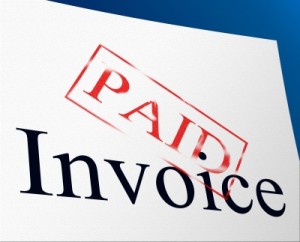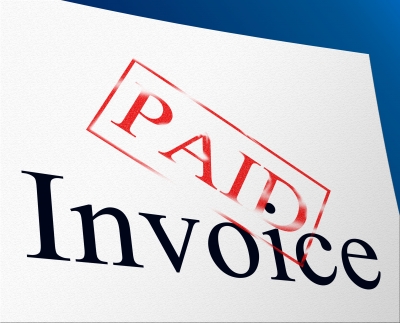 The Bureau of Customs (BOC) has returned its Transaction Audit (TA) 1 and 2 offices to the Manila International Container Port (MICP) and Port of Manila (POM), and reverted to calling them by their original name following the abolition of the Post-Entry Audit Group (PEAG).
The Bureau of Customs (BOC) has returned its Transaction Audit (TA) 1 and 2 offices to the Manila International Container Port (MICP) and Port of Manila (POM), and reverted to calling them by their original name following the abolition of the Post-Entry Audit Group (PEAG).
TA’s 1 and 2 are once again to be called the Liquidation and Billing Division (LBD).
The LBD is being reinstituted under Customs Memorandum Order No. 25-2014, which also revokes CMO 24-2011, or the partial implementation of the new BOC structure under the agency’s rationalization plan on an interim/ad hoc basis.
The government, in a bid to reform BOC, transferred last year the functions of PEAG to its mother agency, the Department of Finance, under the newly created Fiscal Intelligence Unit. The transfer was made under Executive Order No. 155-2013, which aims to “maintain independence and impartiality of audit functions and to ensure efficiency and integrity in government service.”
CMO 24-2011, on the other hand, was created to remove the overlapping and redundant functions of government agencies under Executive Order No. 366-2004. Under this CMO, POM’s LBD was transferred to BOC’s PEAG and renamed TA 1, while MICP’s LBD was renamed TA 2.
The reinstalled LBD will now be under the deputy collector for assessment of MICP and POM, responsible for verifying, checking, and reviewing of computations of formal, informal, and withdrawal of entries based on applicable foreign exchange rates, the correct dutiable and taxable values, tariff paragraph, and rates of duties and taxes.
It will also maintain daily records of all liquidated entries, and post in public corridors the list of entries found with discrepancies, indicating the names of the importers and serial numbers of entries.
Other functions are as follows: compute fines and charges; prepare and transmit letters of demand to importers, brokers, and government agencies; prepare statement of refunds and tax credits and notify importers; compute, record, control, and coordinate collection of unpaid and unsettled amounts; maintain an effective system of accounting for all entries received and ensure security and control over unliquidated entries; submit periodic reports; and perform other functions as assigned.
The new order took effect on November 4, as signed by Customs Commissioner John Phillip Sevilla. – Roumina Pablo
Image courtesy of Stuart Miles at FreeDigitalPhotos.net





